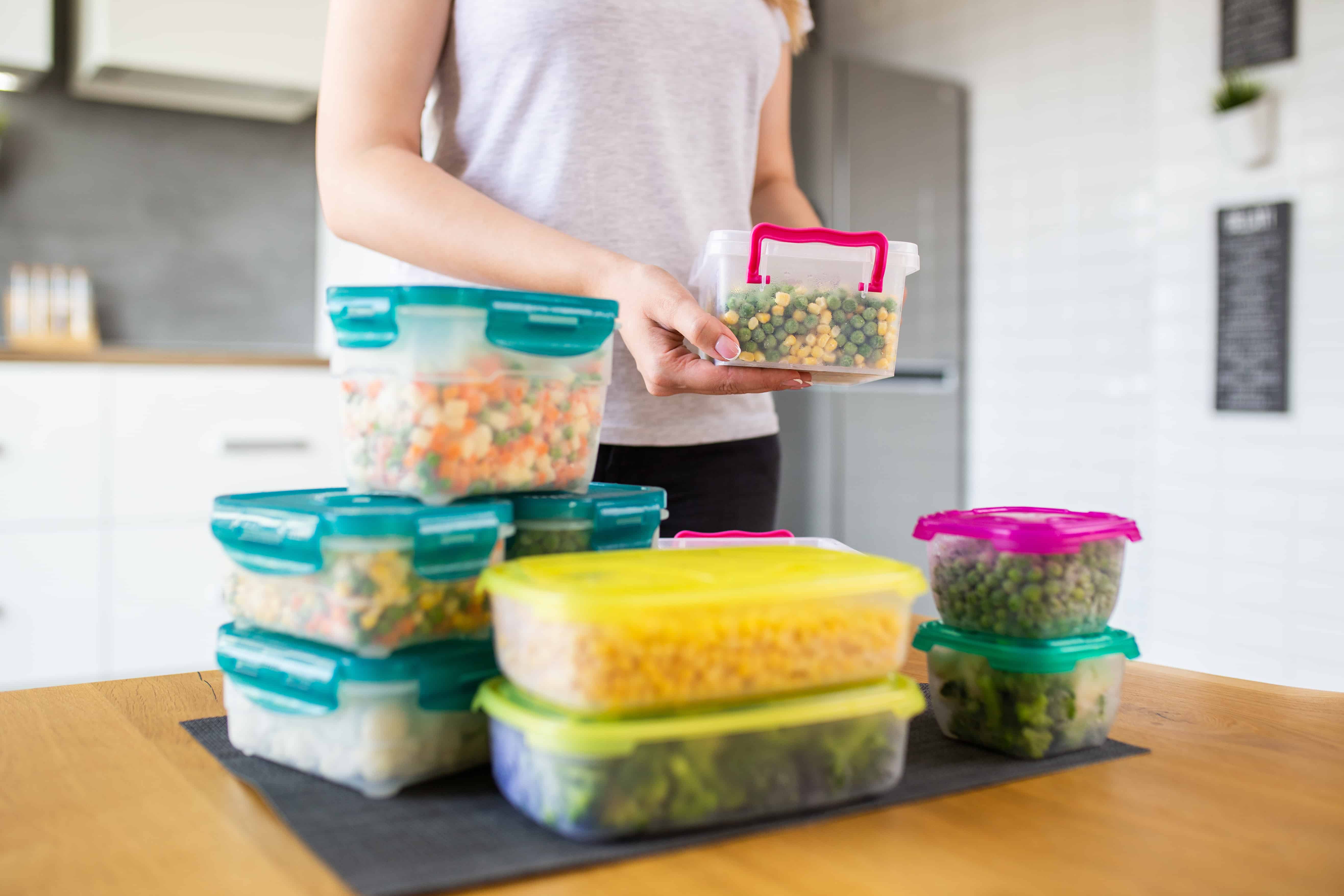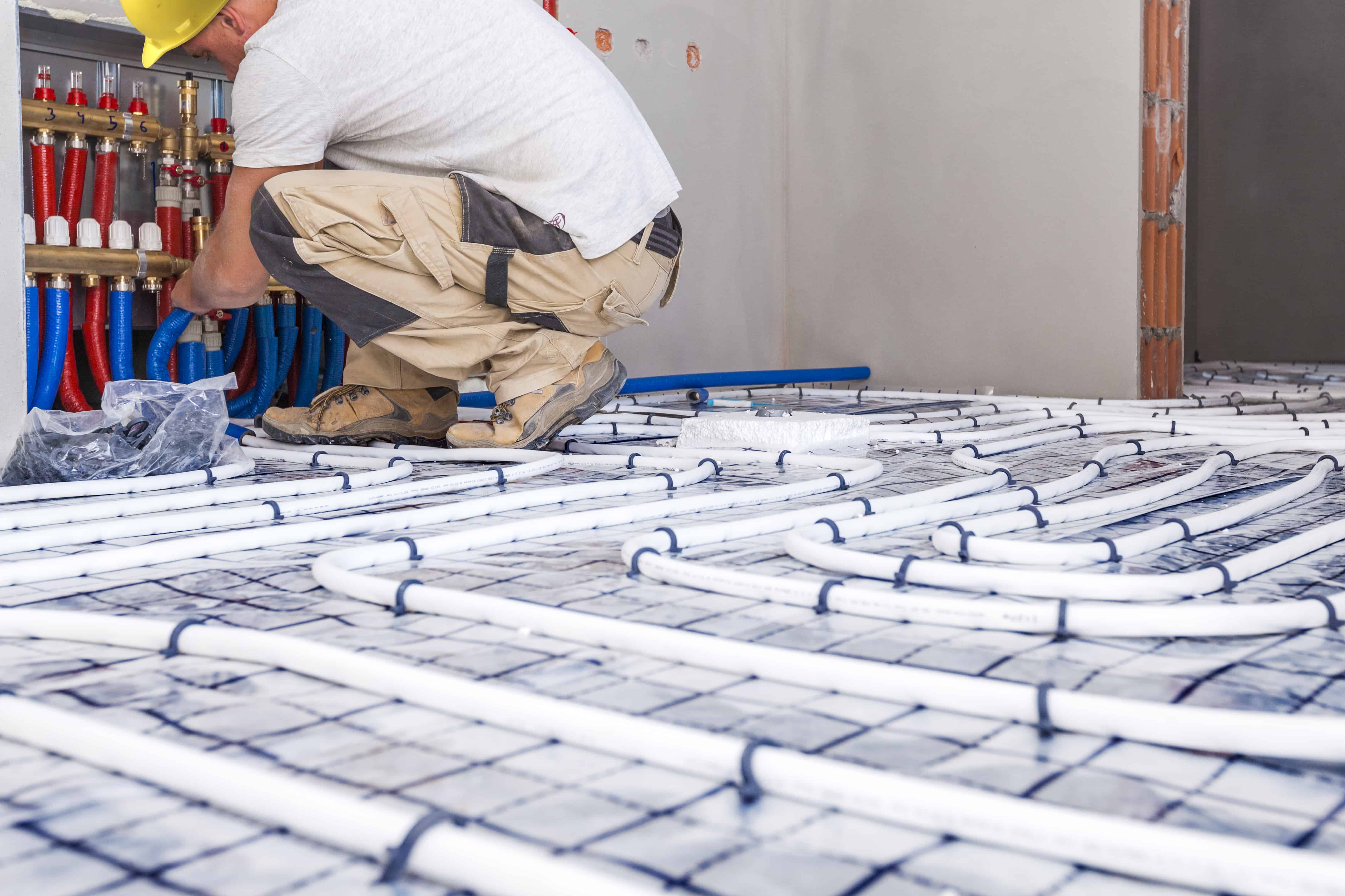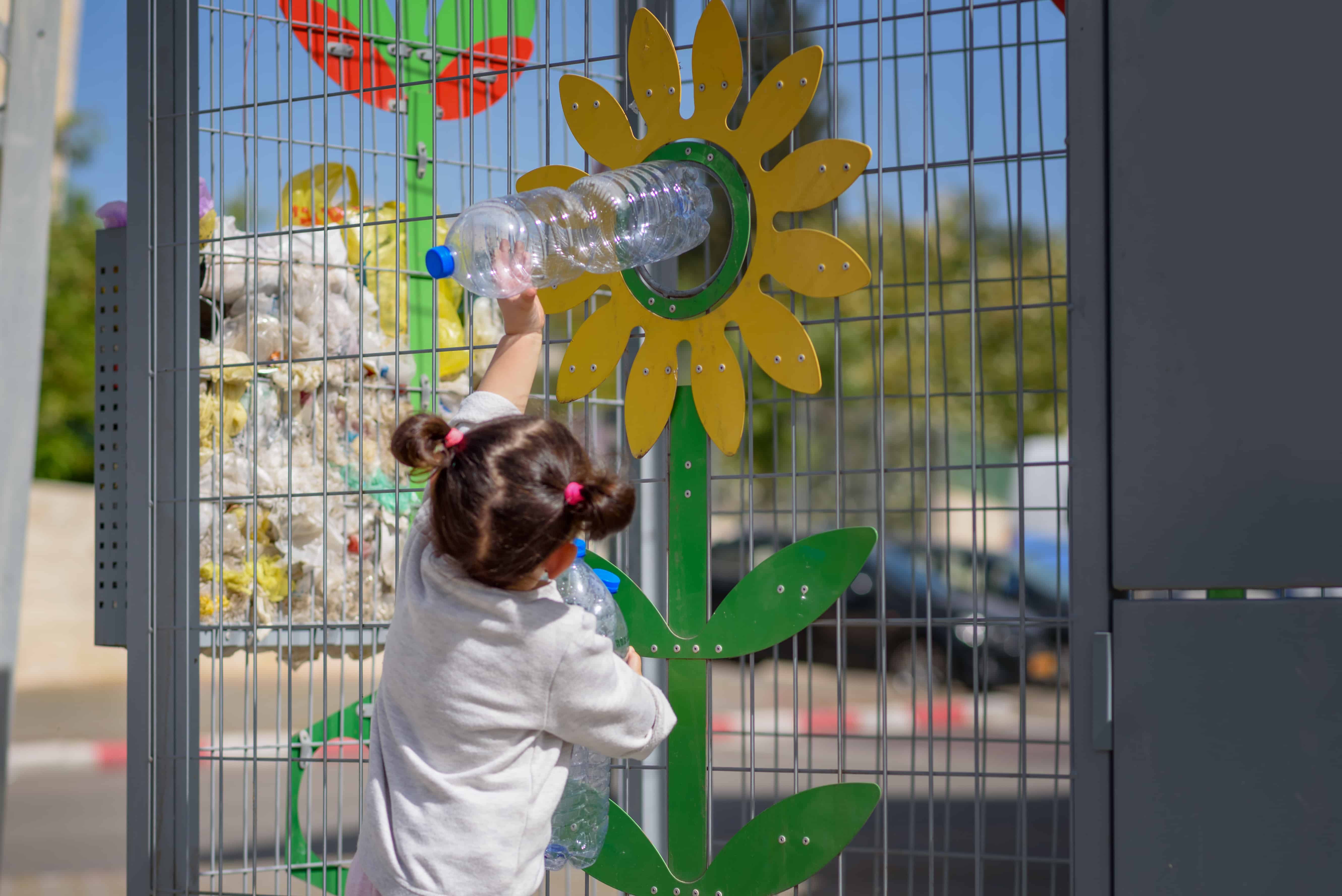Plastics explained
Plastics are used to describe a group of materials that can be produced from natural resources or synthetically created resources. The raw materials used to produce plastics today are mostly found in the natural world, and include cellulose, coal, natural gas, salt, and crude oil. Going forward, plastics will increasingly be made from waste, renewable materials or CO2.
Plastics are polymers, which means they are made by linking chains of the molecules (called monomers) together to create a large molecule (a polymer). An example of this is polystyrene. These links make polymers strong and durable. That’s why poly- appears in common names for plastic, like polyethylene. Copolymers occur when you link together different monomers, for example, to make Nylon™ (polyamide). There are many kinds of polymers available, and each one has different qualities, meaning that they can be used in lots of ways.

How are plastics used?
The term ‘plastic’ is derived from the Greek word ‘plastikos’ and the Latin ‘plasticus’, meaning ‘fit for moulding or being capable of being moulded into various forms’. This refers to the material’s malleability or plasticity during manufacture, which allows it to be cast, pressed, or extruded into various shapes, such as pipes, bottles, boxes, cartons, and films.
We use plastics in products to help make our lives cleaner, easier, safer and more enjoyable.
They are extremely versatile and are ideal for a wide range of consumer and industrial applications. You’ll find plastics in items ranging from toys to phones, and vehicles to homes, as well as:

Packaging

Healthcare

Mobility & Transport

Electronics

Agriculture

Sport & Leisure equipment

Building & Construction

Energy
Are plastics sustainable?
Plastics contribute to sustainability. For example, using plastics instead of glass makes a product much lighter, so shipping or transport requires less fuel to move it – and therefore, fewer emissions. When used for insulation in houses, plastics can save energy thanks to their thermal properties. And because they are less likely to corrode, it makes them safer in tough environments. Solar panels and windmill blades are predominantly made of plastics and are used to generate renewable green energy. Modern plastics can also be used to create components using technology like 3D printing without waste.

There is also a global focus on a circular economy for plastics. Simply put, this means that plastics that have been manufactured are processed, used and re-used, collected and sorted for recycling, and returns to a base material that can be re-used, with little to nothing going to waste. Polymers are really helpful in this respect. They can be molten to be mechanically recycled into new items or broken up and reconnected again through a process such as chemical recycling to have almost limitless opportunities to be re-circled within the economy. The latter technology is still new but is gaining momentum. Furthermore, plastics cannot only be produced from waste, it can also be produced from CO2 and renewable raw materials.
Supporting the shift to a circular economy for plastics is vital. A good example of a European initiative is the Circular Plastics Alliance, launched in December 2018 by the European Commission. It involves 293 stakeholder organisations along the plastics value chain working together to create the conditions which will allow at least 10 million tonnes of recycled plastics to find their way to the EU market by 2025.

Are plastics safe?
Plastics contribute to healthier and longer lives; for example, blood transfusion bags, replacement joints, flexible catheters and many other applications rely on plastic. Medical equipment, such as vaccination kits and personal protective equipment, plays a vital part in keeping communities healthy.
Plastics used in food packaging also have stringent standards as they come into direct contact with foods. They help to keep produce fresh and reduce degradation and wastage.
Before a plastics product ever reaches a consumer, our industry complies with all science-based regulations to ensure the healthy and safe use of products during their entire life.
At Plastics Europe, we are committed to driving our industry to ensure that plastics products positively contribute to people’s safety and health and the environment.
Further reading
Read more about quality and safety standards in the plastics industry
Learn about plastics and food safety
Discover our initiatives on health and safety
Find out how plastics are contributing to a safe, healthy and environmentally responsible future.
Learn about Operation Clean Sweep®, the international programme designed to prevent the loss of plastics granules (pellets, flakes and powders) into the environment.
History of plastics
The development of plastics started with natural materials that exhibited plastics properties. Modern synthetic plastics were invented over 100 years ago.
How plastics are made
Plastics today are mostly made from natural materials such as cellulose, coal, natural gas, salt and crude oil through a polymerisation or polycondensation process. Going forward, plastics will increasingly be made from waste, renewable materials or CO2.
A large family
Plastics can be classified into various types. Learn more about the different types of plastics and their different applications and benefits.
Plastics in use
Plastics are used in many different ways. Find out how they contribute to areas as diverse as healthcare and agriculture, or building and construction. [link to F1.5]